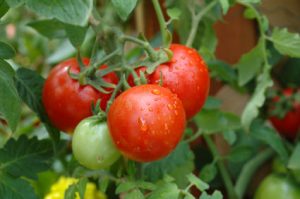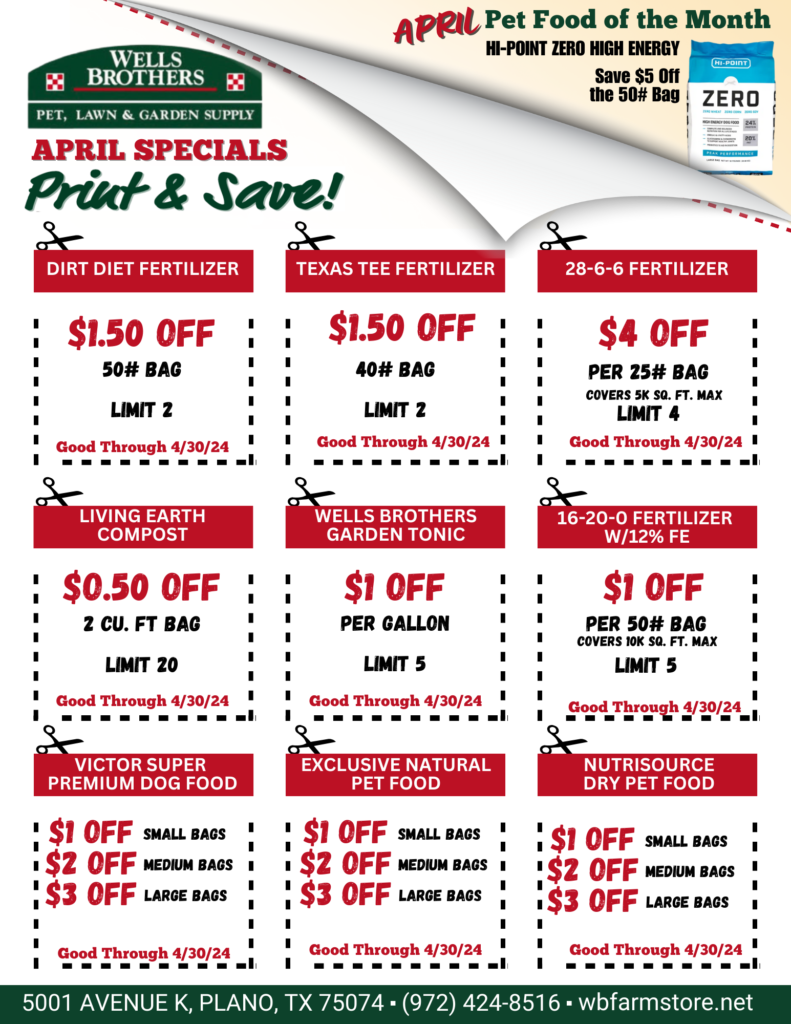 Sizzling summer temperatures can bring your previously productive tomato plants to a screeching halt. When days hit 85°F to 90°F and nights hover above 75°F, tomato flowers often fail to pollinate, then drop — which in turn puts new fruit production on hold. The longer the heat lasts, the longer those tomato flowers will continue to hit the pause button. In short, hot weather can delay your tomato crop.
Sizzling summer temperatures can bring your previously productive tomato plants to a screeching halt. When days hit 85°F to 90°F and nights hover above 75°F, tomato flowers often fail to pollinate, then drop — which in turn puts new fruit production on hold. The longer the heat lasts, the longer those tomato flowers will continue to hit the pause button. In short, hot weather can delay your tomato crop.
Here’s how to grow tomatoes in hot weather:
Choose the right variety.
Heat-tolerant tomato varieties like Heatmaster, Solar Fire, Summer Set, Florida 91, and Phoenix keep forming fruit as temperatures climb into the 90s or higher. (Check the product reviews of these varieties to see what other gardeners think.) These tomatoes are often described as “heat set” types, or have heat-related words or locations in their names. Another option is to take a cue from commercial tomato growers and plant determinate types, whose fruit tends to ripen all within in a short period of time earlier in the growing season—before the serious heat arrives.
Plant in the right place.
Tomato tags call for full sun, which works great in places like the Midwest, Northeast or Pacific Northwest. In Southern California, the Deep South, Texas, and the Desert Southwest, though, where summer afternoons can get hot enough to fry eggs on the sidewalk, try to choose spots where tomatoes will receive morning sun, then filtered sun or light shade during the rest of the day. In areas in which there is no natural shade, create some yourself (see below).
Make some shade.
Gardeners in the country’s hottest regions (think Texas, Oklahoma, Georgia, Florida, Southern California, and the Desert Southwest) frequently use shade cloth to cool tomatoes during the key hours when tomato flower pollination typically occurs (usually between 10 AM and 2 PM). Researchers have found that best yields occur with a shade structure that’s open to the east (no cloth on that side), so the plants can be bathed in morning sun, but shielded from hot afternoon rays. To build one, create a simple frame around tomatoes using wood or row cover hoops, then drape shade cloth (found at garden centers or online) over it. Look for “50 percent” shade cloth, which reduces sunlight by 50 percent and heat by 25 percent. Or, experiment with summer-weight row covers, which typically provide about 15 percent shade. In regions where sunlight and heat are not as intense, of course, shading tomatoes isn’t typically necessary.
Add mulch.
Put a 2- to 3-inch-thick mulch layer around tomato plants to help keep soil moist. In regions with long growing seasons, replenish mulch as it breaks down (think late summer). Organic materials like straw, cotton hulls, shredded bark, chopped leaves, untreated grass clippings, or other locally available materials make great choices because they improve soil as they decompose.
Pour on the water.
When temperatures stop dipping below 90°F, a tomato plant with a lush leaf canopy and a load of fruit shifts into survival mode—and needs ample water to keep itself healthy. Stick your finger an inch or so into the soil each morning to assess dampness; if there isn’t any, it’s time to water. Keeping soil moist prevents fruit cracking and also helps defeat blossom drop. (Too-dry tomatoes drop flowers sooner than well-watered ones.) In areas with sandy, fast-draining soil, like parts of the Southwest, South Florida, and Coastal South, you may need to water plants daily or even twice a day during the hottest days of summer. No matter where you live, drip irrigation is probably the best, most economical watering option.
Pick fruit early.
When temps consistently hit the 95-degree range, tomatoes tend to stop producing red pigments, which means typically red fruits may instead ripen to orange. When high heat lingers with days above 100°F and nights over 80°F, most tomato ripening stops altogether. Fruit left on plants may have some color on the outside, but may still be green inside. So if a period of intense heat is in the forecast, pick any fruit already showing hints of ripe color and allow it to finish ripening indoors.
Watch for pests and diseases.
In hottest areas of the country, where high temperatures linger for extended periods, keep an especially sharp eye out for tomato pests. Heat-stressed plants can’t fend off attacks as well as they can in milder temperatures, so deal with problems as soon as you spot them. High heat can also cause some tomato diseases to spread more rapidly, so it’s a good idea to remove affected or dying leaves immediately.
Follow these steps and your tomatoes will stay healthy, strong, and ready for a speedy return to growing and producing once the heat breaks.
If it’s time to pull your determinant tomato plants from the ground, replace them with heat tolerant varieties. Wells Brothers has an several heat-tolerant tomato varieties include the Heatmaster, Florida 91, Phoenix and the Heatwave variety.
Source: By Julie Martens for Bonnie Plants





